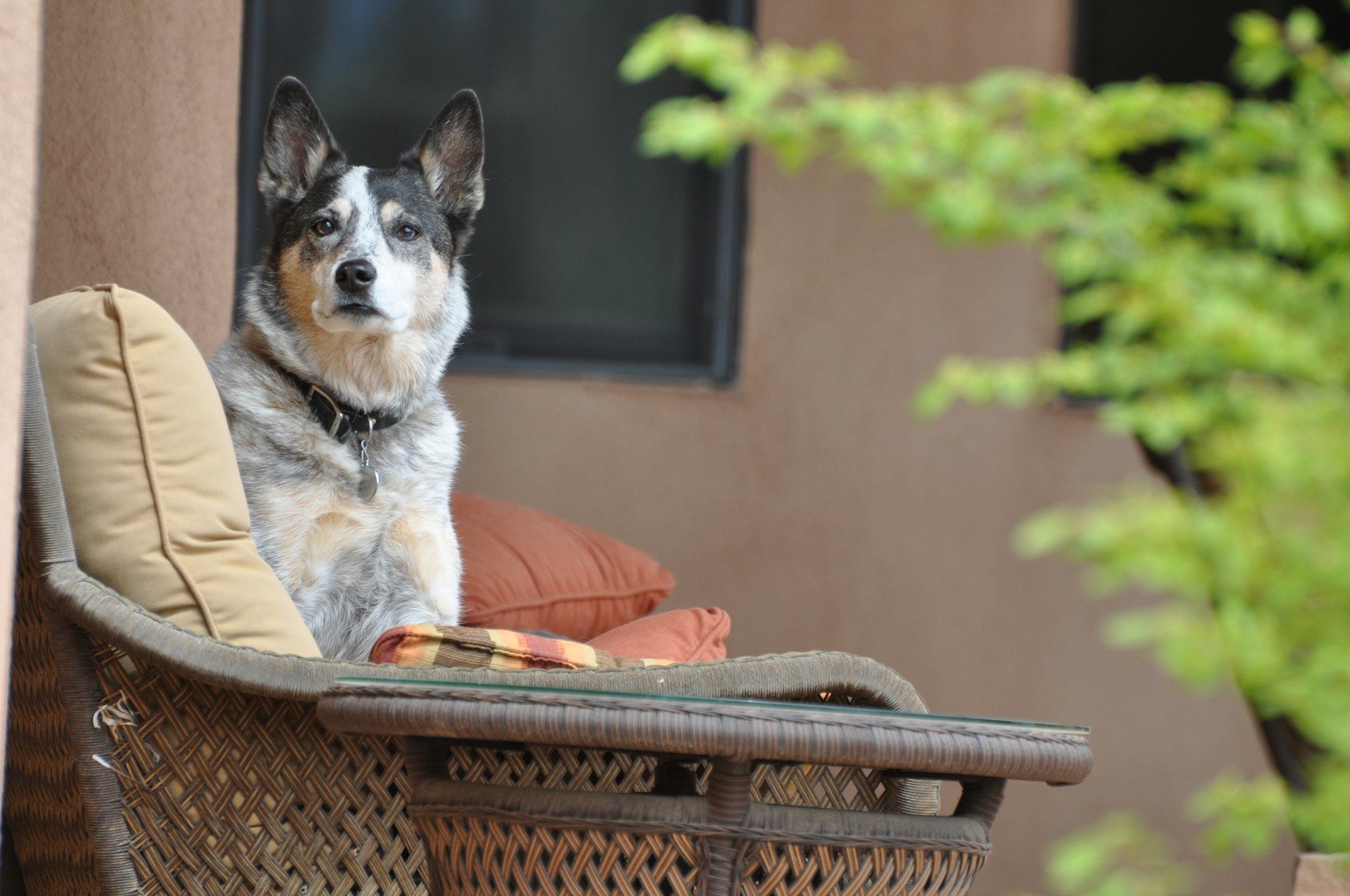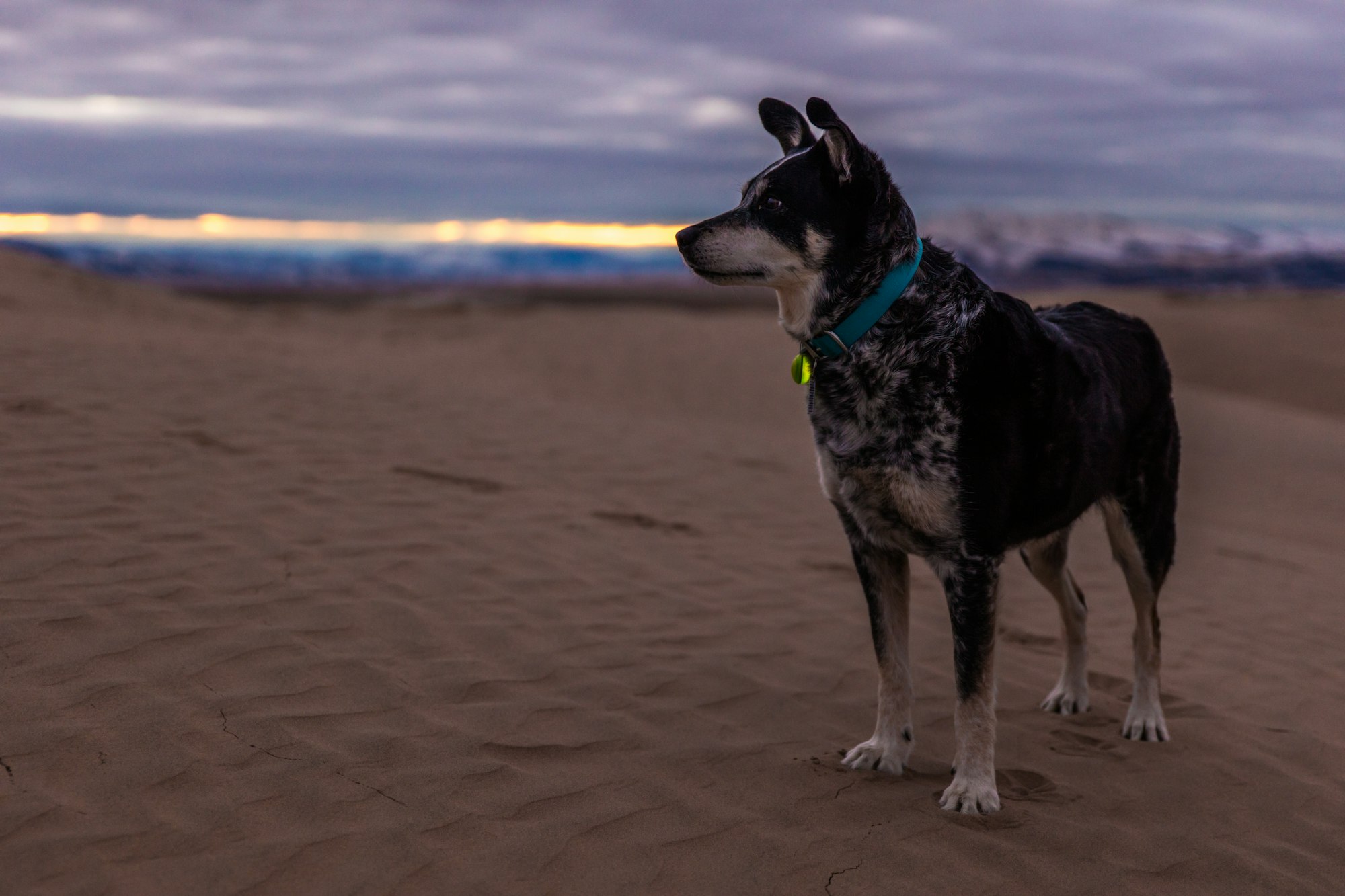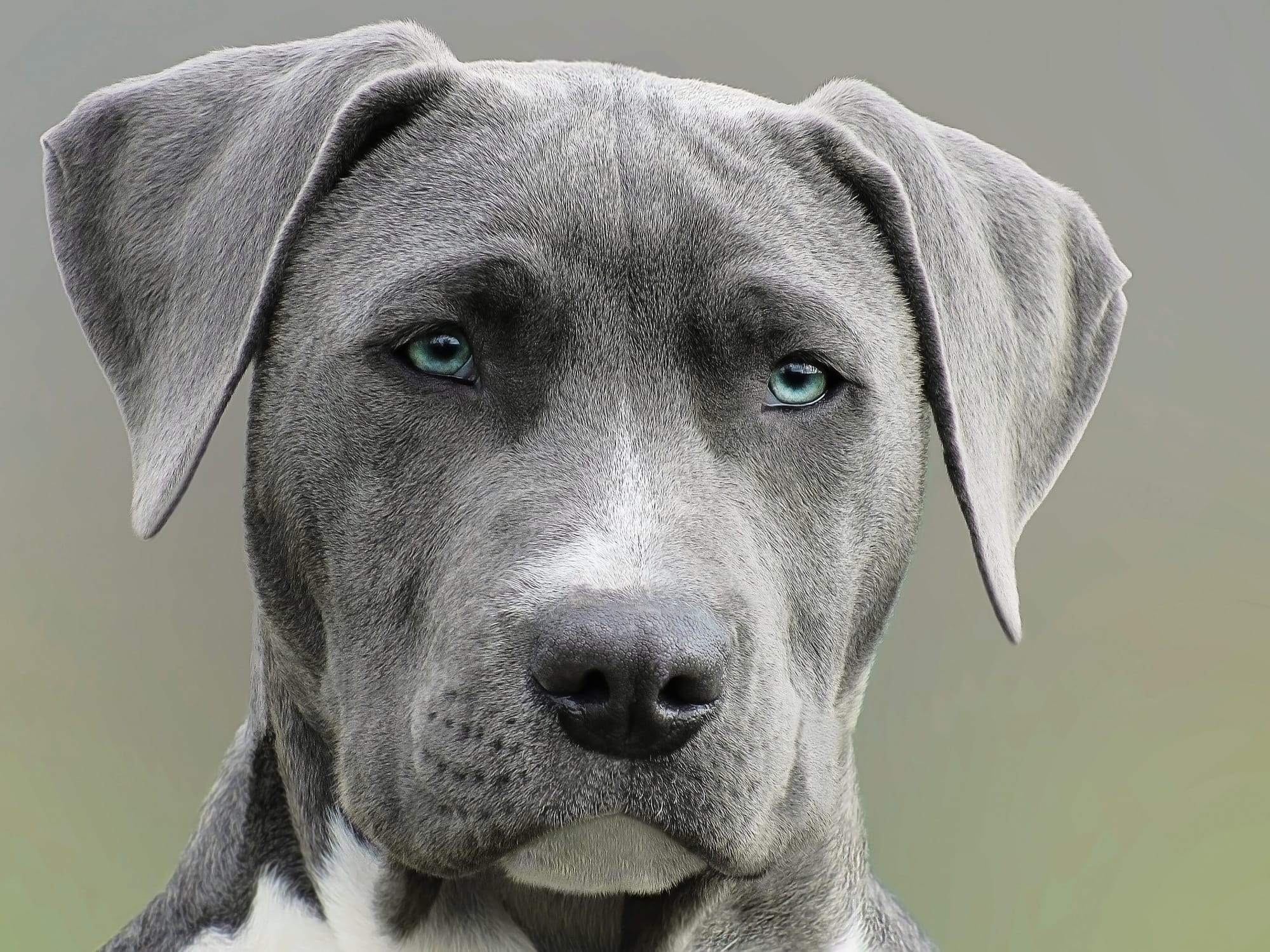The Australian Cattle Dog, renowned for its intelligence and energy, is a breed that thrives when given a purpose and routine. Understanding their training needs is essential whether you've recently welcomed one into your home or are contemplating doing so. Here’s your comprehensive guide on effectively training an Australian Cattle Dog.
Understanding the Australian Cattle Dog
Firstly, getting a grasp on the breed's characteristics is paramount. Known alternately as the Blue Heeler, this dog is a herding breed. With a high energy level, sharp intellect, and occasional streak of stubbornness, a well-trained Australian Cattle Dog is a joy to have around.

Step 1: Begin with Basic Obedience Training
Every Australian Cattle Dog should master basic commands such as sit, stay, heel, and come. This forms the bedrock of all subsequent training.
Tip: Positive reinforcement, like treats and praise, works wonders. When your Australian Cattle Dog obeys a command, reward them appropriately.
Step 2: Prioritize Socialization
Socializing your Australian Cattle Dog is essential. Regular interactions with different people, animals, and environments mold them into well-adjusted adults. Start this process early, and continue regularly.
Step 3: Address Their Natural Herding Instinct
It’s not uncommon for Australian Cattle Dogs to display their herding instincts, even if it’s just playfully nipping at your heels. While this isn't aggressive behavior per se, it's essential to redirect it. Toys and games that allow them to channel their herding tendencies are invaluable.
Step 4: Ensure Adequate Exercise
Exercise isn't just for physical fitness; it's vital for mental stimulation too. Given their energy levels, Australian Cattle Dogs benefit from activities such as fetch, agility training, long walks, or even hikes.
Step 5: Delve into Advanced Training Techniques
Having mastered the basics, consider more advanced training. This could encompass agility training, scent tracking, or even sophisticated tricks. Their intelligence and drive make them apt pupils.
Step 6: Uphold Consistency in Training
Consistency breeds clarity. Ensure that if a behavior is unacceptable today, it remains unacceptable tomorrow. Such consistency ensures that your dog understands boundaries and expectations.
Step 7: Address Behavioral Concerns Immediately
Be vigilant. If you observe behaviors like excessive barking, aggression, or separation anxiety, tackle them head-on. Early intervention, paired with understanding the root cause, is crucial.
Step 8: Continued Learning and Adaptation
Your Australian Cattle Dog's learning doesn’t stop once basic training is over. Keep challenging them, introduce new games, and adapt your training techniques as you both grow together.
Step 9: Mental Stimulation is Key
While physical exercise is crucial for an Australian Cattle Dog, never underestimate the importance of mental stimulation. Given their intelligence, these dogs thrive on challenges. Introduce puzzle toys, interactive games, or even obedience challenges. The aim is to keep their minds sharp and engaged. Boredom can lead to destructive behavior, so it's always best to keep them mentally occupied.
Step 10: Reinforce Training with Positive Experiences
Training doesn't always have to be a formal affair. Incorporate training into your daily routine. For instance, ask your dog to sit before feeding or make them heel during walks. Over time, these repeated positive experiences reinforce training without them even realizing it.
Step 11: Invest in Continued Education for Yourself
The world of dog training is ever-evolving. New techniques, tools, and methodologies are constantly emerging. As a responsible Australian Cattle Dog owner, it's beneficial to stay updated. Attend workshops, read books, or join local dog training groups. The more you learn, the better equipped you'll be to address your dog's needs.
Step 12: Understand and Respect Their Space
Like humans, dogs also need their personal space. Whether it's a designated corner in your house or a favorite toy, understanding and respecting their space can go a long way in building trust. It also helps in reducing anxiety and establishing boundaries.
Step 13: Regular Health Check-ups
Training isn't just about commands and behavior. Your Australian Cattle Dog's health plays a significant role in their ability to learn and adapt. Regular vet check-ups ensure that any potential health issues are identified and addressed early, ensuring your dog remains in the best shape to continue their training journey.
Adapt to Changing Life Circumstances
Life is ever-changing, and so is the environment around your Australian Cattle Dog. Moving homes, introducing new family members, or even changes in your routine can impact your dog. Be sensitive to these changes and re-adjust training as necessary. For instance, if you're introducing a new pet into the home, spend time ensuring both animals get accustomed to each other, revisiting basic training and socialization techniques as needed.
Implementing "Time-Outs"
If your Australian Cattle Dog exhibits undesirable behavior, consider using a "time-out" method. This doesn't mean punishing your dog. Instead, it involves briefly removing them from an exciting environment to a quiet space, allowing them a moment to calm down before re-introducing them to the situation.
to
In the world of dog training, there's a vast array of tools at one's disposal, from clickers to specialized harnesses. These tools, while often invaluable for many breeds, should be chosen and used judiciously, especially when training specific breeds like Australian Cattle Dogs. While many wonder if Australian Cattle Dogs are hypoallergenic, it's equally vital to understand their unique training needs.
Misusing or misunderstanding a tool can not only confuse your pet but also pose injury risks. If you're uncertain about the right approach, it's always wise to seek advice from a professional or dive deep into reliable resources before introducing a new element to your training strategy.
Celebrate Small Wins
Training can sometimes be a lengthy process, with progress measured in small increments. Celebrate the small wins, whether it's your Australian Cattle Dog mastering a new trick or simply improving on a past behavior. Positive reinforcement isn't just for your dog; it's for you too. Recognizing and celebrating progress can keep you motivated and persistent in your training efforts.

Stay Calm and Patient
It's inevitable – there will be days when training doesn't go as planned. Your Australian Cattle Dog might have an off day or seem uninterested. It's crucial during these times to remain calm and patient. Remember, dogs can pick up on our emotions. If you're frustrated or agitated, your dog might mirror that behavior. Take a break, breathe, and come back with renewed energy.
Incorporate Training into Playtime
Blend Fun and Learning
Who said training couldn't be fun? Australian Cattle Dogs, with their vibrant energy, often respond well to training that feels like play. Incorporate commands into fetch sessions, hide and seek, or obstacle courses. This way, your dog learns while also burning off that boundless energy.
Feed the Mind and Body
Your Australian Cattle Dog's diet plays a significant role in their training. A balanced diet ensures they have the energy and mental acuity to respond well to training sessions. It's also worth noting that treats, while excellent for training, should be given in moderation and factored into their daily caloric intake.
Every Dog Is Unique
It's essential to set realistic expectations. While the Australian Cattle Dog breed shares common traits, each dog is an individual. Some may grasp commands faster than others. The key is to celebrate progress, no matter how incremental, and never compare your dog to another.
Consistent Commands Across the Board
If there are multiple members in your household, ensure everyone is on the same page regarding commands and training techniques. Mixed signals can confuse your dog. By maintaining consistency, your Australian Cattle Dog will find it easier to understand and follow commands, irrespective of the family member giving them.
Learning with Peers
Group training classes can be an excellent environment for your dog to learn. Not only do they get to socialize, but they also benefit from the structured learning setting. Observing other dogs can sometimes motivate them to perform better.
Revisiting the Basics
Even after your Australian Cattle Dog has mastered various commands, it's beneficial to revisit basic training periodically. This refresher ensures that they remain sharp and helps reinforce positive behaviors.

Understanding the Breed's History
The Australian Cattle Dog is a breed that's deeply rooted in functionality. Originating in Australia, this breed was developed to herd cattle across vast terrains under challenging conditions. Their ancestry is believed to involve a mix of wild Dingoes with early herding breeds brought over by English settlers. This rich history has imbued them with a strong work ethic, intelligence, and agility.
The Role of Genetics in Training
Every Australian Cattle Dog inherits a certain set of traits from its ancestors. While training plays a pivotal role in molding their behavior, it's crucial to understand that some characteristics are ingrained. Recognizing and respecting these genetic predispositions can guide your training methods, ensuring they align with your dog's natural instincts.
Health and Its Impact on Training
Australian Cattle Dogs are generally a hardy breed. However, like all breeds, they have certain genetic predispositions towards specific health issues, like hip dysplasia or progressive retinal atrophy. A dog's health can directly impact its trainability. For instance, a dog with joint issues might find it challenging to engage in rigorous physical training activities. Regular vet check-ups, a balanced diet, and timely interventions are vital to ensure your dog remains in optimal health throughout the training process.
The Importance of Early Socialization
While we touched on this briefly in the steps, it's worth delving deeper into the role of early socialization. Australian Cattle Dogs can sometimes be wary of strangers, stemming from their protective and herding instincts. Early exposure to diverse environments, sounds, and beings can mitigate potential issues, making them more adaptable and well-rounded adults.
The Role of Toys and Tools in Training
While treats and verbal praise are popular forms of positive reinforcement, toys can be equally effective, especially for breeds as playful as the Australian Cattle Dog. Toys like tug ropes, squeaky toys, or even interactive puzzles can serve as excellent rewards during training sessions. Additionally, tools like clickers can be instrumental in marking desired behaviors, aiding in more structured training sessions.
Building Trust: The Heart of Training
At the core of every successful training endeavor lies a bond of trust between the owner and the dog. Especially for a breed as intelligent and sensitive as the Australian Cattle Dog, building this trust is paramount. Respect their boundaries, be consistent in your actions, and ensure that every interaction is positive and reinforcing.
Conclusion:
In the journey of training an Australian Cattle Dog, it's pivotal to appreciate their rich heritage, recognize the role of genetics, prioritize their health, and emphasize early socialization. Tools and toys can be game-changers, enhancing the training experience. But, at the heart of it all, lies a bond of trust, forged through consistent positive interactions.
By intertwining understanding, patience, and modern techniques with the breed's natural instincts, owners can cultivate a well-rounded, adaptable, and trustful companion. Embracing each aspect of their unique character ensures a harmonious relationship that transcends mere obedience and blossoms into lifelong companionship.
FAQs about Training Australian Cattle Dogs
- Why is understanding the breed's history important for training
- Understanding the Australian Cattle Dog's history helps align training methods with their instincts, stemming from their herding and protective roles in Australia.
- How does genetics play a role in my dog's behavior?
- Every Australian Cattle Dog inherits certain traits. Recognizing these genetic predispositions aids in tailoring training methods that respect and work with these inherent characteristics.
- Are there health concerns I should be aware of during training?
- Like all breeds, Australian Cattle Dogs are predisposed to specific health issues. Regular vet check-ups ensure that potential health challenges don't impede their training.
- Why is early socialization emphasized for Australian Cattle Dogs
- Due to their protective nature, early socialization ensures they become well-adjusted adults, reducing wariness towards unfamiliar environments and beings.
- Can toys be as effective as treats during training?
- Absolutely! Especially for playful breeds like the Australian Cattle Dog, toys can serve as engaging rewards, reinforcing positive behaviors during training sessions.

